THE HEREFORD
NAMESAKE
On February 17, 2020, the Cavalier Daily published an op-ed advocating that the University rename Hereford Residential College because President Hereford’s presidency should not be commemorated. The Hereford community wished to learn more about this issue, since it is our college that carries the Hereford name.
HEREFORD STUDENT ILLUMINATION
Specifically, we are interested in the 3 issues highlighted by the Cavalier Daily: Hereford’s affiliation and resignation from the Farmington Country Club, the controversy surrounding RA Bob Elkins, & the Board of Visitors decision regarding the Cavalier Daily.
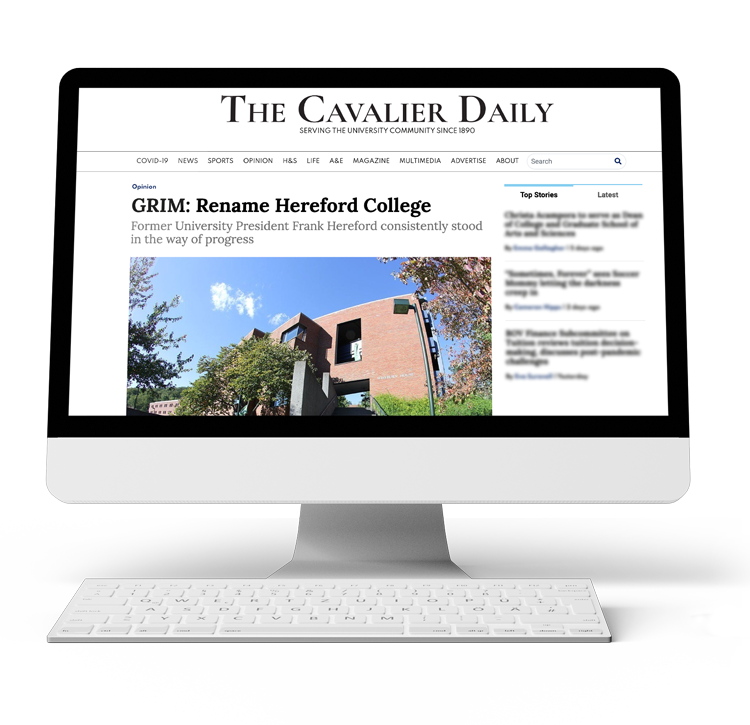
We set out to respond to the article and elaborate on Frank Hereford’s presidency and personhood.

WE POSED THE FOLLOWING QUESTIONS:
QUESTION 1
Who is Frank Hereford, and what was his presidency like?*
QUESTION 2
What was the climate like on Grounds during Frank Hereford’s presidency?
QUESTION 3
Why was the New College renamed Hereford Residential College?
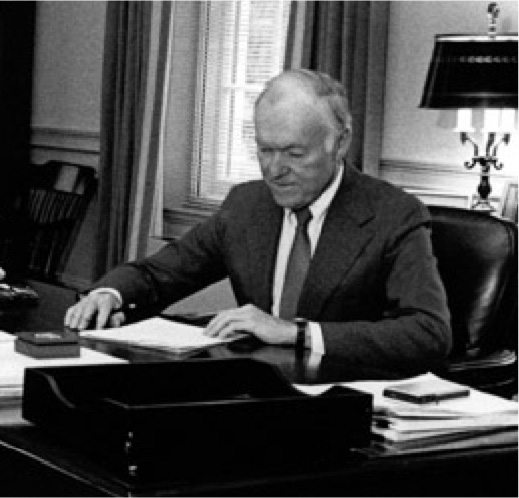
FRANK HEREFORD
UVA PRESIDENT 1973-1981
Hereford attended the University of Virginia as an undergraduate, and received a B.A. in physics in 1943. He then became a physics fellow working under Jesse Beams after the war, and received his Ph.D.. During the war, he worked on research for the Manhattan Project with Dr. Beams, who called him “one of the best all around physicists with whom I have ever been associated.” He subsequently became a professor at the university, then became head of the Physics Department and dean of the Graduate School of Arts and Sciences in 1962. He was appointed provost in 1966 and then vice-president of the university in 1970, but resigned his posts of vice-president and Dean to return to research in 1971. He was selected president to succeed Edgar Shannon in 1973 and took office a year later on the condition that he only serve for ten years; he extended his term by one year to oversee the university’s first capital campaign, which began in 1981.
President Frank L. Hereford Jr. at his desk in Madison Hall,
circa 1974. Photo courtesy of Special Collections.
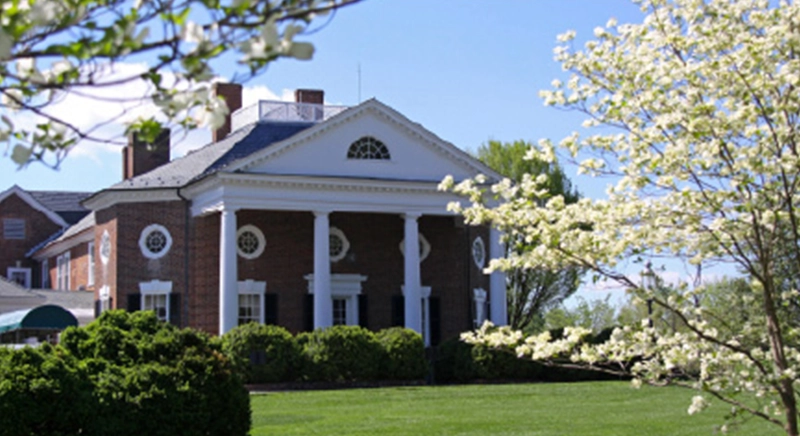
FARMINGTON COUNTRY CLUB
“He spent several months defending his membership in a socially prominent, racially segregated country club before quitting after a faculty group censured him, a department chairman threatened to resign from the school and others expressed worry about the school’s ability to recruit black students.”
RACE RELATIONS
The issue of racial attitudes at the University has been quieted, almost ignored since Hereford’s resignation from Farmington and the formulation of the Office of Afro-American Affairs. Only the more overt expressions of racial tension have abated, however social organizations continue to patronize Farmington. Fraternities and sororities are still largely segregated. Most major University organizations have few or no black members.
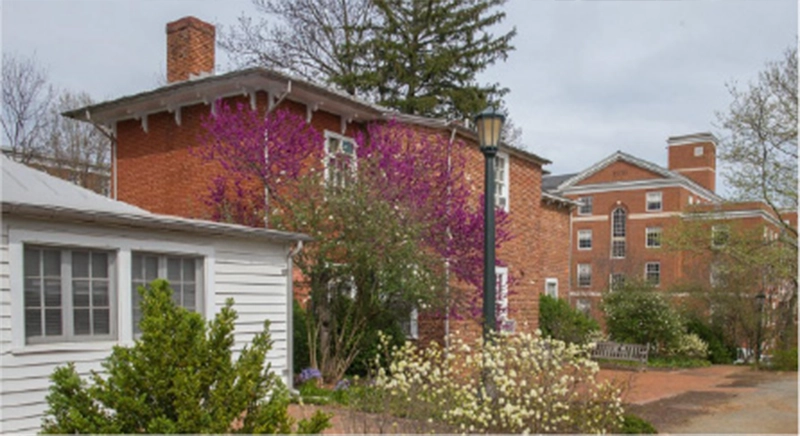
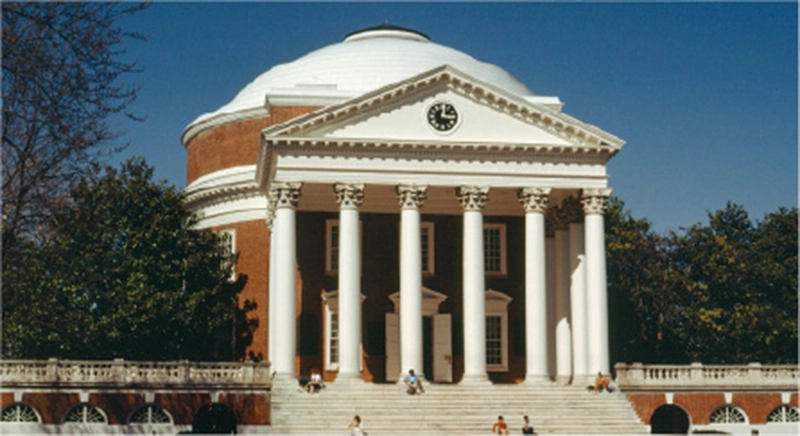
BOB ELKINS
In the fall of 1976, Bob unwittingly became the subject of national press coverage over his role as an openly gay RA when then President Frank L. Hereford sought to remove Bob from his position after this was reported by the Cavalier Daily and released nationwide. Hereford then convened a committee of faculty, students and administrators to investigate and determine the suitability of an openly ‘homosexual’ RA.
THE CAVALIER DAILY
“In the late 1970s, he enforced a Board of Visitors decision restricting the independence of the Cavalier Daily, the student newspaper that had taken an increasingly liberal editorial line. After the paper declined to buckle, the administration forced it off campus. Protests ensued, resulting in an effigy of the president being hanged from a tree.”

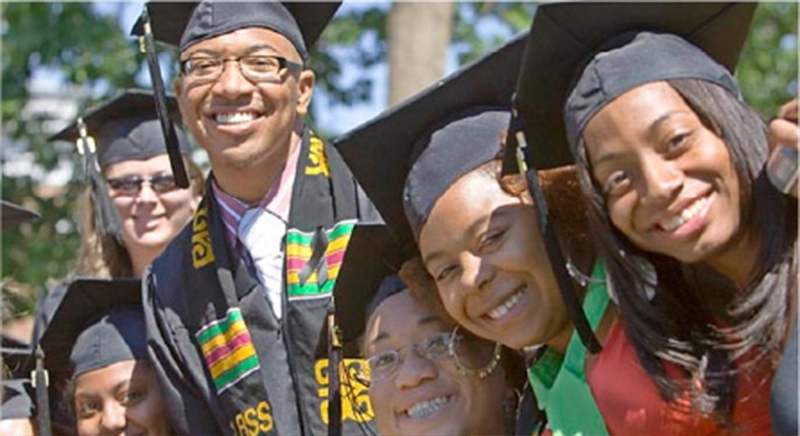
INCREASED MINORITY ENROLLMENT
He was committed to increasing the number of African-American students and faculty at the University, where for so many years they had been excluded. The greater part of his commitment to racial equity came from appointing a dean of admissions, John Casteen. Central to Mr. Casteen’s mandate as dean was to increase enrollment of African Americans at the University.
WHAT HEREFORD’S PEERS & STUDENTS HAVE TO SAY
Below are interviews conducted by Hereford students and Staff with Frank L. Hereford’s peers and students from his tenure at UVA. Watch the videos to gain perspective of those around him.
John Casteen
UVA President (1990-2010)
Sandy Gilliam
Hereford’s Assisstant (1974-1985)
John Obie
UVA Student (1972-1977)
Mike Dudley
UVA Student (1977-1981)
Angela Priester
UVA Student (1975-1979)
What’s Next for Our Community?

TOWN HALL
A town hall meeting will be planned with Hereford staff, students, alumni, and fellows to present our findings.
OP-ED RESPONSE
We will submit a response to the Adam Grim column calling for the renaming of Hereford Residential College.
VOTE
We will vote to decide if our community will be renamed.




